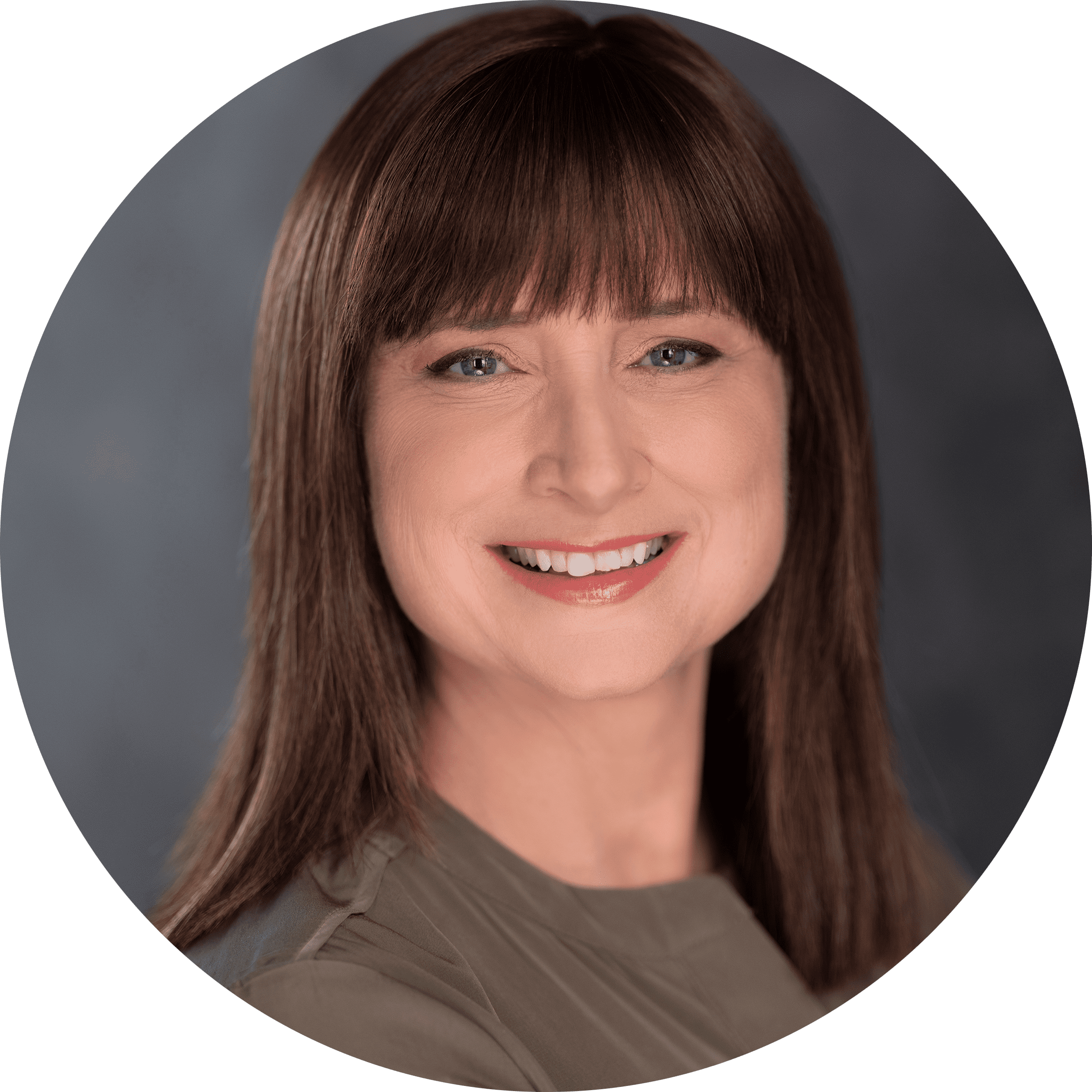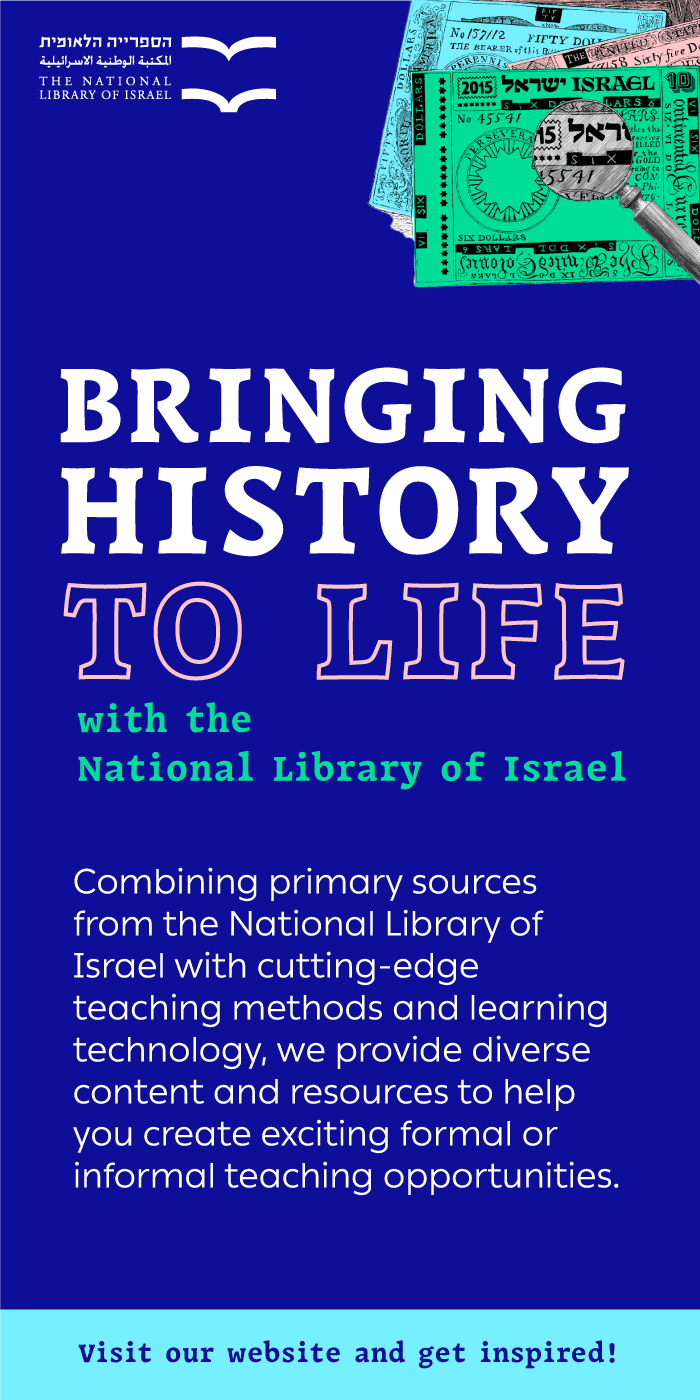Leave Meeting: Creating Closure in Adult Online Classes
It’s usually hard to say goodbye to students at the end of a course or a semester because we’ve created a temporary community of meaning. But online education during COVID has shifted many classroom norms dramatically. One such norm is class closures. Goodbye is now emblazoned with the red “Leave Meeting” button. Worse still is the “End Meeting for All” tab that prevents any adult learners from lingering and reduces a class to a screen shot of people’s gaping mouths frozen, sometimes in mid-sentence. Social needs typically satisfied at the end of class are cut short by the instructor, creating a power imbalance for the teacher facilitating an egalitarian learning experience. The last moment is abrupt and final. The screen suddenly empties itself of faces, as if nothing just happened.
While abrupt closings can be difficult for adult learners, they also present challenges for educators who still struggle with the loss of casual feedback and social rapport that staying in a classroom post-instruction provided. Many educators are understandably uncomfortable going over the Zoom hour and delaying time off-screen for learners. Instructors have to manage learner sensitivities, while also ending on the hour to be mindful of learners with childcare issues or those who must return to work.
These strange endings divest instructors of the immense energy they expend to engage online learners who are paying attention somewhat but also on their phones or checking emails. This educational multi-tasking community then suddenly disappears into a black cyber hole, intensifying the more general problem of class closures. As Claire Mowling, Brett Jones and Megan Hedgepeth contend, “The closure for a lesson may be the most overlooked portion of instruction.” Tami J. Eggleston and Gabie E. Smith mention that there are many teaching guides that discuss inductions but very few pay attention to endings; “ignoring class endings seems awkward and abrupt to both students and faculty.”
I began speaking to colleagues about this phenomenon to see if others felt the loss as acutely as I did and formally interviewed seven adult educators, from freelance instructors to those within nationally recognized Jewish adult education spaces. I wanted to understand their pedagogic techniques for class endings and how they experience sudden closures within the broader context of their own pivot to online instruction.
Menachem Creditor, the Pearl and Ira Meyer Scholar in Residence of UJA-Federation of New York, who teaches adults daily, observes that, “Closure is a term that we use imprecisely. I don’t really know what closure is. Real learning lingers.” He describes the ache he experienced during the early weeks and months of COVID, “Early on I was so grateful for the opportunity to teach and see people. The meeting would be over, and I just wouldn’t leave, and I would watch one face after another leave. It’s so drastic to be with people and then not. I would grieve each time.”
Menachem developed an induction and closing ritual of guitar playing as people entered and left his virtual classroom and actually wrote a poem about the leave meeting phenomenon as part of a series of poems called “When We Turned Within.” Here is a stanza:
i play so they won’t leave
maybe the right chord
maybe if i could finally learn that D minor
they’d stay
we’d be together again
“Pressing leave meeting,” Menachem says, “is a very jagged ending to a sweet togetherness.”
Jagged endings are to be expected. Albert and Kessler describe endings in conversation as a “place where things are coming apart, where the social bond that sustains the encounter is being weakened, dismantled, or destroyed.” These are strong words. “An ending,” they write, “is a temporal boundary bridging two basic categories of human experience, being with others and being alone.” In online learning, there is no sloping bridge or exit ramp from one state to the next. Being with others then being alone only amplified the physical isolation adult learners were already experiencing, especially single, homebound elderly.
Jane, a co-founder and instructor at Orot, a Chicago-based Jewish adult education program believes that adult education today provides “a Torah of refuge.” People are seeking company and a place to wrestle with uncomfortable emotions and intellectual challenges surfaced by COVID. “We build a sacred container.” To build intimacy, Jane limits her classes to 20. “Toggling between screens does not work for what we’re trying to do.” When she ends classes, Jane gets informal feedback by asking one question: “In one word, what are you taking away from class today?” Learners type their answers into a cascade in the chat as a closing ritual. “I end classes by putting my hands over my heart and then wave goodbye. I never used to do that before. It shows my heartfelt gratitude for the moment and that I’m taking all that we’ve created together and putting it into my heart.”
When Jane presses the “End Meeting for All” button,” she, unlike Menachem, is not interested in staying. “Lots of times when I press the button, I’m tired. The energy in keeping the class together comes to an end for me. I have a lot of eye/brain fatigue paying attention to who is speaking and who isn’t. It takes a lot of energy, and it’s wonderful, but when it’s done, it’s done.”
Like Jane, Rebecca Minkus-Lieberman, Jane’s partner at Orot and its executive director, typically begins and ends classes with something personal. Sometimes she closes with a poem and might ask, “What one word is rising up for you right now?” or might suggest a practice. “It’s important to have a closing ritual so the ends are tied before we say goodbye.” Rebecca usually ends by saying, “Here’s the thread that I want to offer you or a question to hold on to.” When class ends, if Rebecca senses something that needs more resolution, she sends an email to the students right way. As a practitioner, she sits on her meditation cushion for about 15 minutes after teaching without looking at a screen or talking to anyone.
Charlie Savenor, the Director of Congregational Education at Park Avenue Synagogue, feels energized on Zoom. Before COVID he rarely taught online, but he did not find the transition difficult. Yet, not being in the presence of people remains a challenge. “The relational aspect of teaching is my oxygen.” At the same time, he’s taught more than he has in the previous ten years and has experimented with many more pedagogic techniques. “I’ve loved every minute of it. I’ve never taught more, and I’m so energized by it.” Although he also has Zoom fatigue, he enjoys seeing people in their natural habitats. “Everyone walks around with clues. I get a window into people’s homes that I never could.” Charlie also shares his frustrations working with many seniors who are isolated and need lots of airtime. “I wish there was [sic] a mute button for life…But when I press the mute button, I don’t want to cut off their spirit.”
Zoom, Charlie believes, only works well as a substitute for community if a community already exists. To that end, he uses questions as an induction—what he calls educational friction—and, because he likes mystery, returns to the question at the end. If he has time, he will ask people to write a reflection of what they’ve learned or a takeaway and read the chat. Like Rebecca, he uses email right after class for check-ins and to soften the experience of ending abruptly.
Sandra Lilienthal, an independent adult educator in Florida, went from never teaching online to teaching 2 to 3 classes a day online and really enjoys it: “I love it. I thought I’d hate it. Many of our adult learners are thrilled with online learning…They love meeting in pajamas.” Sandra announces when class is over and keeps the virtual room open for an additional 10-15 minutes. “Sometimes I feel that I’m cutting them off and they could go on for another 10 minutes, but I don’t have all day, and I close the room. Sometimes it is abrupt. That happens in real time, too, you turn your back because you have to leave.” Yet, when she is teaching a class that raises difficult, personal issues, it is harder to press the end button. “I see people who are teary. Sometimes we don’t give them the time to process the way we would in person.”
Neal Gold an instructor for Hebrew College in Boston who started an online platform for adult Jewish learning, A Tree with Roots, only months before COVID hit, knows that without being in the same space, the give and take of learning is harder. “There is a bigger onus on the student to communicate because I can’t always understand a question or concern. The student has to reach out. It’s also harder to read the body language.” Neal also opens his classroom early and will stay on after class for people to socialize or process their learning. But he turns the recording button off. “I think it’s important to say, ‘The recording is off.’ It allows people to be a little more vulnerable than while the class is actually going.”
When COVID started, Yaffa Epstein researched best practices to help students and faculty have a better online experience. Yaffa serves as the Director of the Wexner Heritage Program and also teaches adults in other settings. “My work at Wexner is around cohort building. It’s not hard to give content over online, but group bonding is really hard.” Yaffa finds online learning less professionally fulfilling: “You lose a lot of energy; there’s less natural class participation, and you’re competing with lots of other demands.” She also references another dimension to studying Jewish texts, “I’m not sure it’s possible to create holiness online.”
The educators I interviewed are all veteran teachers who have mastery over their material and build community through study. Suddenly they were visually and audibly erasing that community with one button. Theses educators are not only serving communities, they also need those communities. “Teaching was always empowering,” Yaffa says. “And in the beginning, teaching online wasn’t.” ‘Leave meeting’ was almost code for another loss. Yaffa explained. “At the beginning, teaching was much harder for me. It felt like an identity crisis. Because teaching is such a central tenet of my identity and provides inspiration and excitement, it was another loss of that capacity…A place of security became a place of insecurity.”
Over time, Charlie noticed a change. “When COVID started, we asked everyone to unmute and say goodbye. That was very special. But people’s needs to linger have lessened over time. There’s an art and science to leaving the meeting in a way that respects people’s time and does justice to the material. During a pandemic people need an extra minute to close.”
In Exits: The Endings that Set Us Free, Sarah Lawrence Lightfoot contends that, “The art of attending to, practicing, ritualizing, and developing a language of leave-taking in the most ordinary moments and settings augurs well for taking on the more extraordinary exits that life is sure to serve up.” This has been a time of so many exits and erasures. Closing classes well can help educators soften the losses for both their adult learners and for themselves.

Dr. Erica Brown is the director of the Mayberg Center for Jewish Education and Leadership at George Washington University’s Graduate School for Education and Human Development, where she serves as an associate professor of curriculum and instruction. Erica is the author of twelve books. Her forthcoming book is a commentary on Kohelet (Maggid).





Interesting article. Have thought about this quite a lot. I agree with the sentiments expressed, especially with Jane and Rebecca from Orot. They emphasize the importance of having a closing ritual participated in by all: ‘What take-away to we have from today’s session?’ an exit poll, (perhaps Google Forms), a discussion question centered on a main topic of that day’s lesson to think about for next time, etc. Can’t be an afterthought, needs to be built into the classtime.